Kenya, through the eyes of our buyer
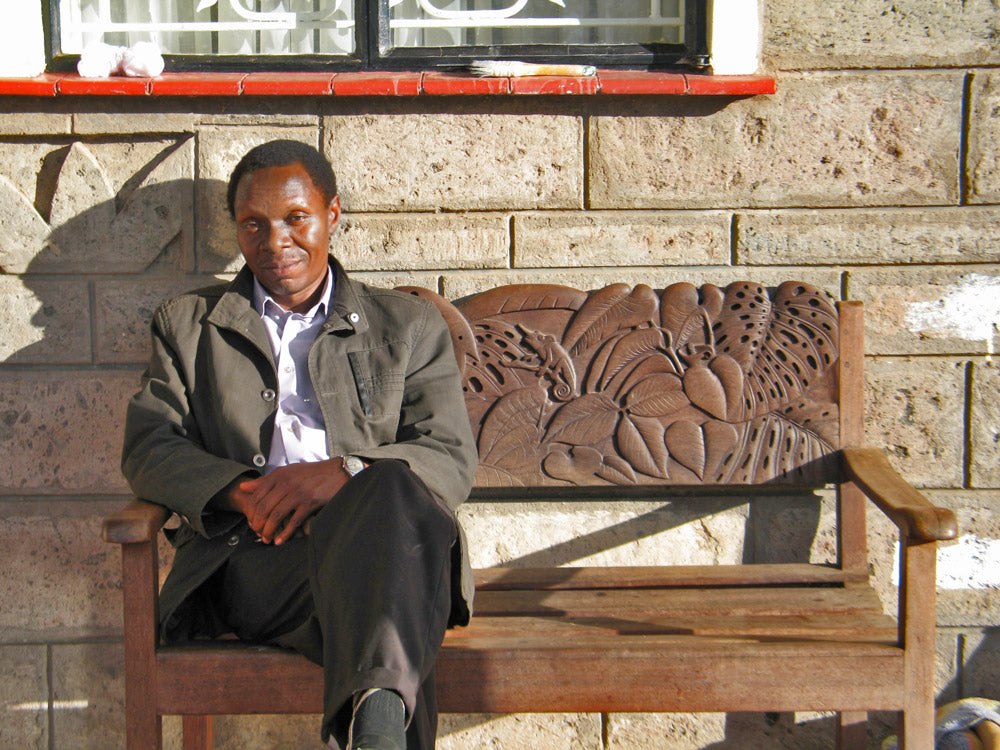
 A New Orleans native, Melissa Hand has been working with makers in East Africa, Southern Africa, Bangladesh, Nepal and Pakistan as a Ten Thousand Villages buyer for the past 10 years. Though she holds a degree in Industrial Design, she has focused her career on handicraft development and working with artisans, calling fair trade her “passion and love.”
A New Orleans native, Melissa Hand has been working with makers in East Africa, Southern Africa, Bangladesh, Nepal and Pakistan as a Ten Thousand Villages buyer for the past 10 years. Though she holds a degree in Industrial Design, she has focused her career on handicraft development and working with artisans, calling fair trade her “passion and love.”
A country of dense cities and vast landscapes. Where giraffes roam and Jacarandas grow tall. This is Kenya.
Driving out of the Jomo Kenyatta International Airport, prehistoric looking birds grace the trees as our little taxi edges along the border of Nairobi National Park. With the window down, I breathe in the cool crisp air that Nairobi has to offer after a 24-hour journey. Far off in the distance, I can see two giraffes grazing.
The taxi driver, Hudson, and I have known each other for many years. We catch up about our families, and we talk about life in Kenya these days. He is one of three drivers who are part of a taxi service that operates out of the Amani Gardens Inn where I stay when visiting artisan groups in and around Nairobi. In its former life, the guesthouse used to be the headquarters of the King’s African Rifles, a multi-battalion British colonial regiment. The guesthouse is rumored to have hidden tunnels under its grounds from its battalion days. The property was converted into a guesthouse in 1964 turning a place of military operation into a place of peace.
On our way to the Amani Gardens Inn, we pass Freedom Corner, one of the last public green spaces this bustling city has preserved with the assistance of environmentalist and Nobel Peace Prize winner Wangari Maathai. This place is a reminder for me to keep front and center the fragility of people and environment as I begin my work with artisans about product development and resource management. Maathai is one of my heroes. I hope to do right by her.
Driving along, constant streams of people walk to the right and left of the road using small dirt paths as their sidewalks. Two camels with riders cross the road through a traffic jam and climb up over a hill, making their way somewhat faster than what the modern technological advance of the automobile can manage.
Nairobi is a different city than when I last visited…
…almost unrecognizable due to the growth of its middle class, and the apartment buildings that are coming up everywhere catering to this new generation of Kenyans. I see construction cranes everywhere I look. Finally, we reach the guesthouse after a 45-minute drive. I am home! I am warmly greeted by staff who are so kind and helpful. Familiar faces are a nice thing to see so far away from home. The tone of the Kenyan people is a jolly one—with a smile on their face and a warm cup of tea for you in their hand. They are very proud of their heritage and tribal origins; though it is so hard to keep all 42 tribes straight, I am always learning.
I look around me and take in the oasis, bright with bursting flowers full of color. I spot a tree on the grounds that was planted nearly 20 years ago by a woman previously in my position in honor of the birth of her daughter. It is two stories tall now and doing just fine.
It is a reminder of the long-term commitment we all have at Ten Thousand Villages—to remain partners of families and communities for the long-haul.
At the guesthouse, I spend my first 24 hours resting and organizing my thoughts on the work at hand. Tomorrow, I will be visiting Moses and Esther Kirimi of Kichaka Poa. It will be an hour and a half drive out through heavy Nairobi traffic to Moses and Esther’s home and workshop located just before the Ngong Hills in the Rift Valley.
Kichaka Poa is an organization located in the outskirts of Nairobi, Kenya, which has been in operation since 1995. Moses started with a few items at that time: letter openers and key rings that he would sell locally to tourist shops. They now employ a staff of around 15 full-time artisans.
They design and produce wooden gifts using jacaranda and other good woods, such as the blue gum eucalyptus. An invasive species in Kenya, blue gum can cause drought forming conditions. It takes a lot of water from the ground, so it’s a good choice for use in woodworking.
New artisans come and learn from the experienced makers, under the guidance of Moses Kirimi.
He is an artist and educator by profession. His passion is sculpting and painting, as well as wood carving. He started the craft section of the business as a way of giving unemployed youth with little education a chance to earn a decent living. His wife Esther manages the finances and paperwork, and oversees the painting section.
Aside from managing the day-to-day operations of the family run business, she also home schools their five children. Moses also assists in this very important task.
While Moses and Esther have had great success, managing their business and a recent move has raised new challenges. But with challenge comes motivation, and they use this motivation to work together as a team to achieve their goals. In the future, they hope to start an art school in Nairobi to inspire other artists and share technical processes with them. Moses and Esther’s dream is to provide young people a strong foundation with sure footing as they begin their careers.
This country, and the people in it, are an inspiration to me always. And I feel so grateful to be a part of a story where people are given the resources they need in order to improve their own lives, to start something good, and to help others succeed.









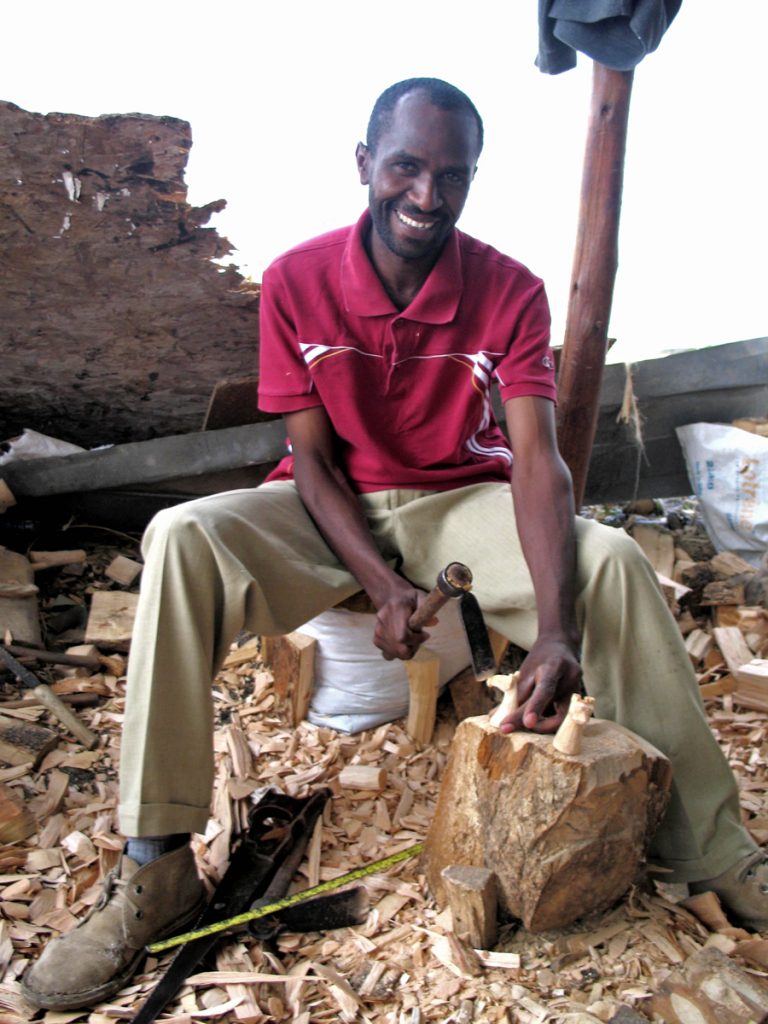
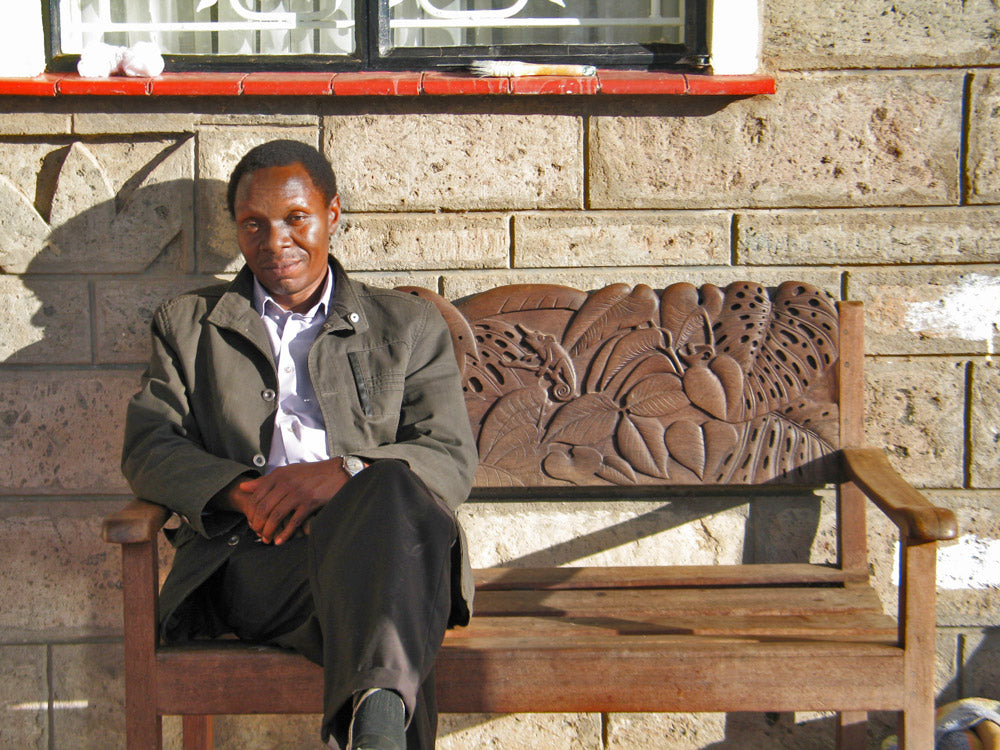

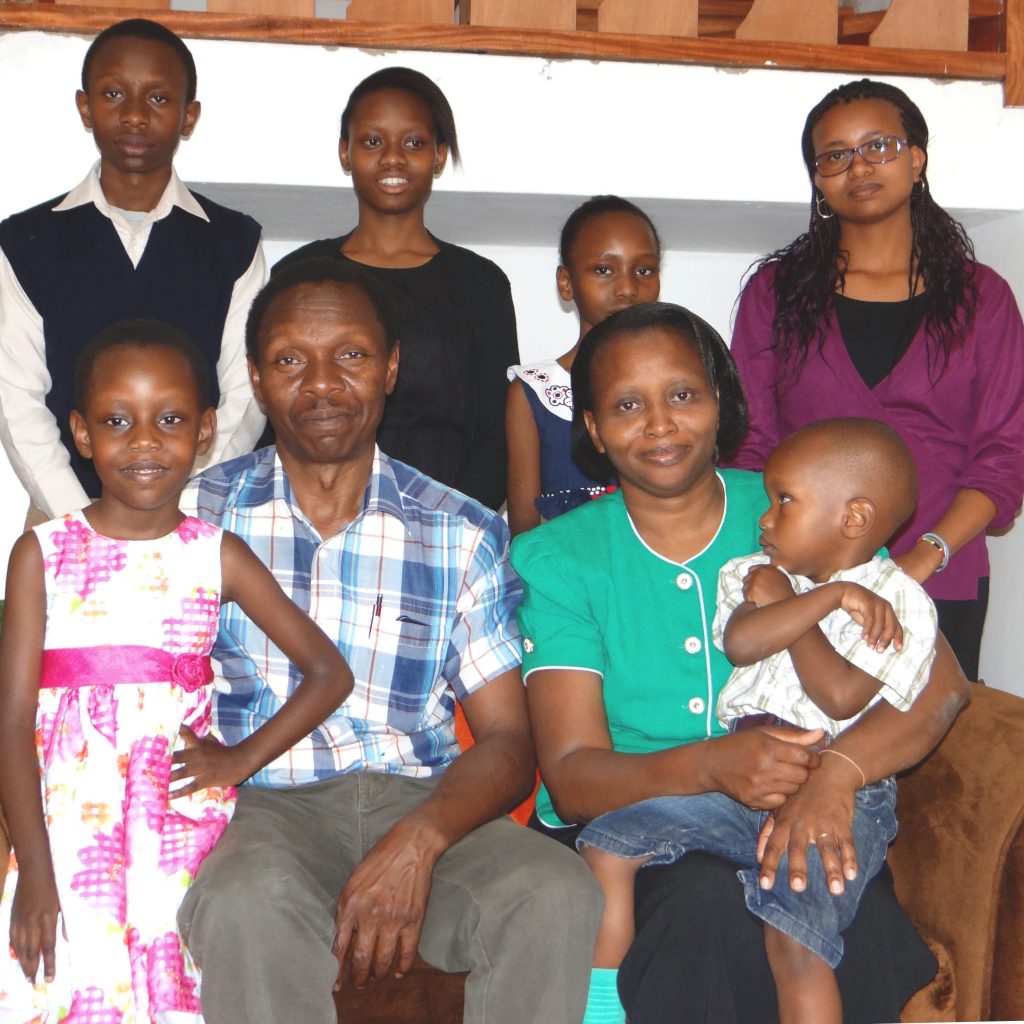

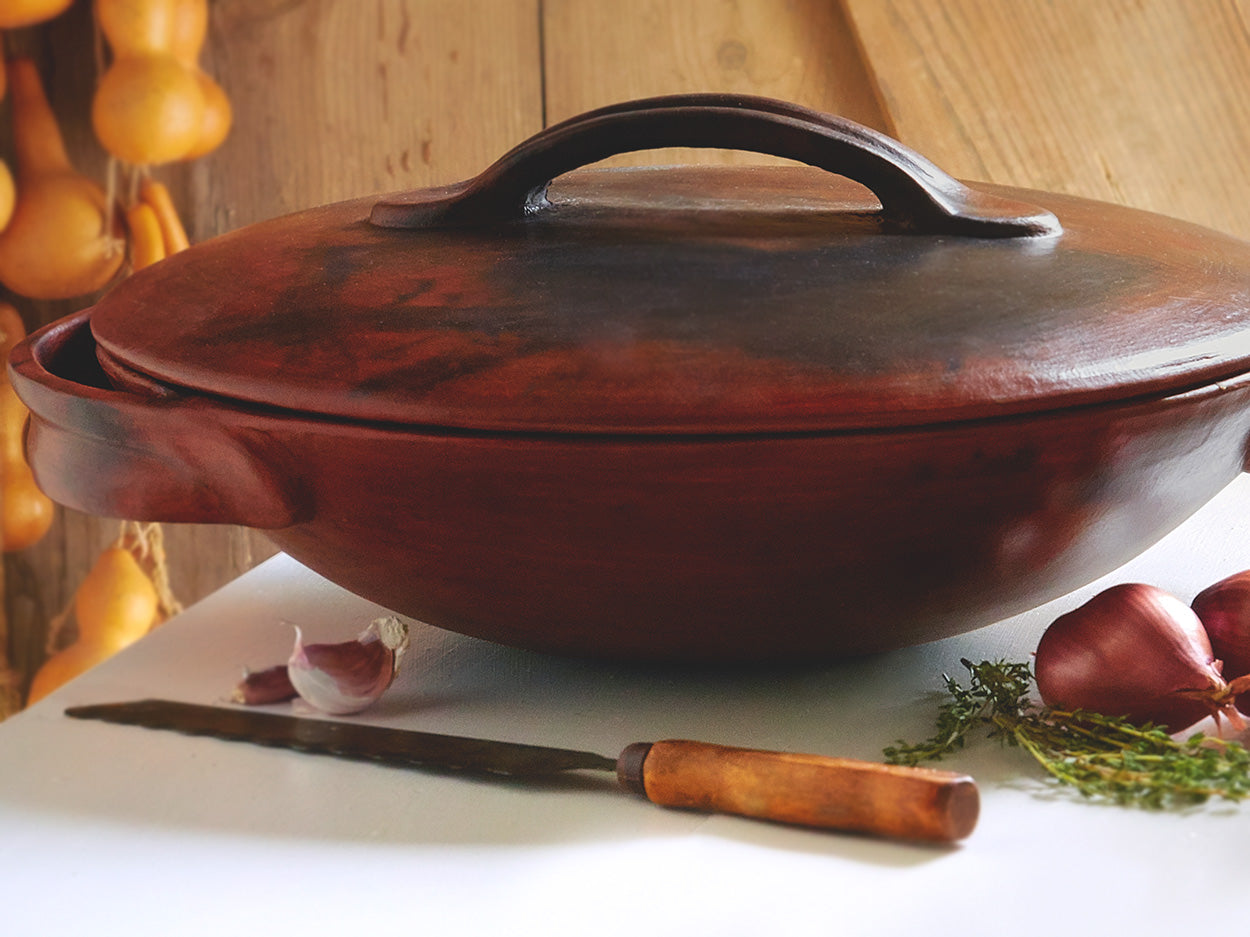
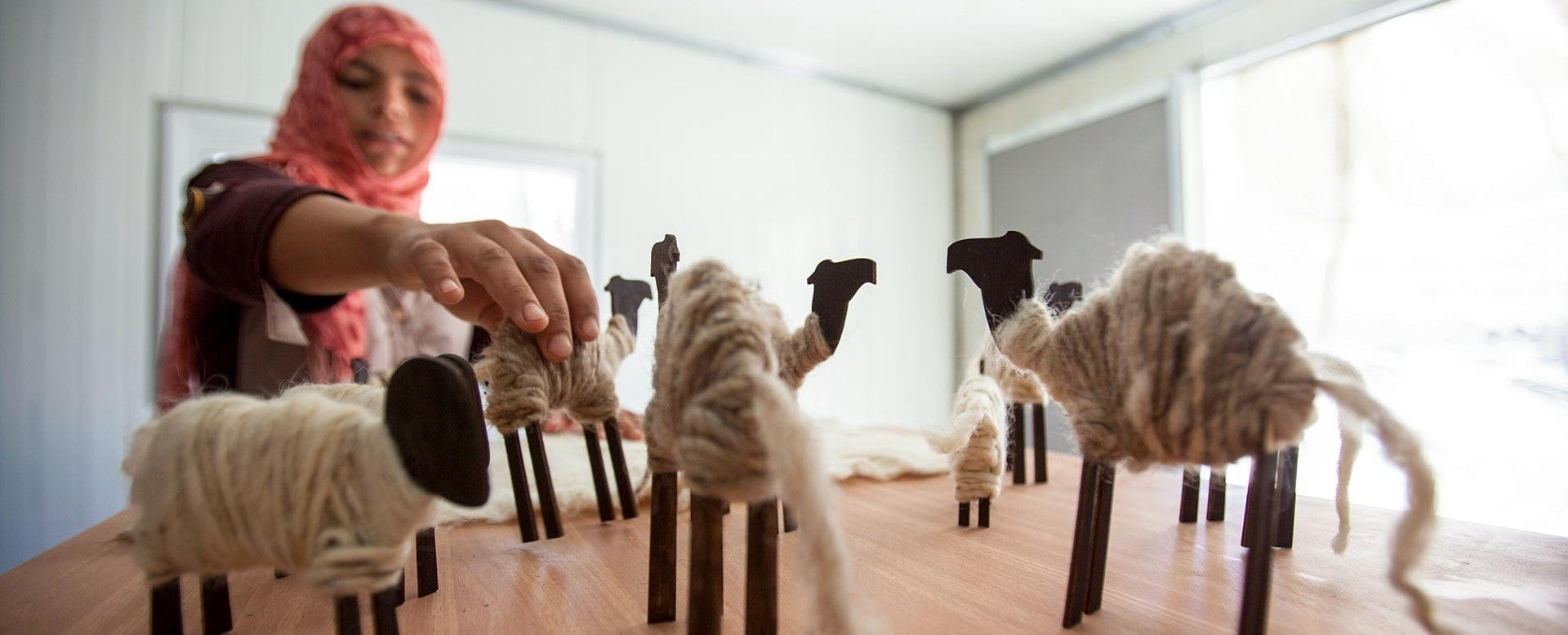

Comments